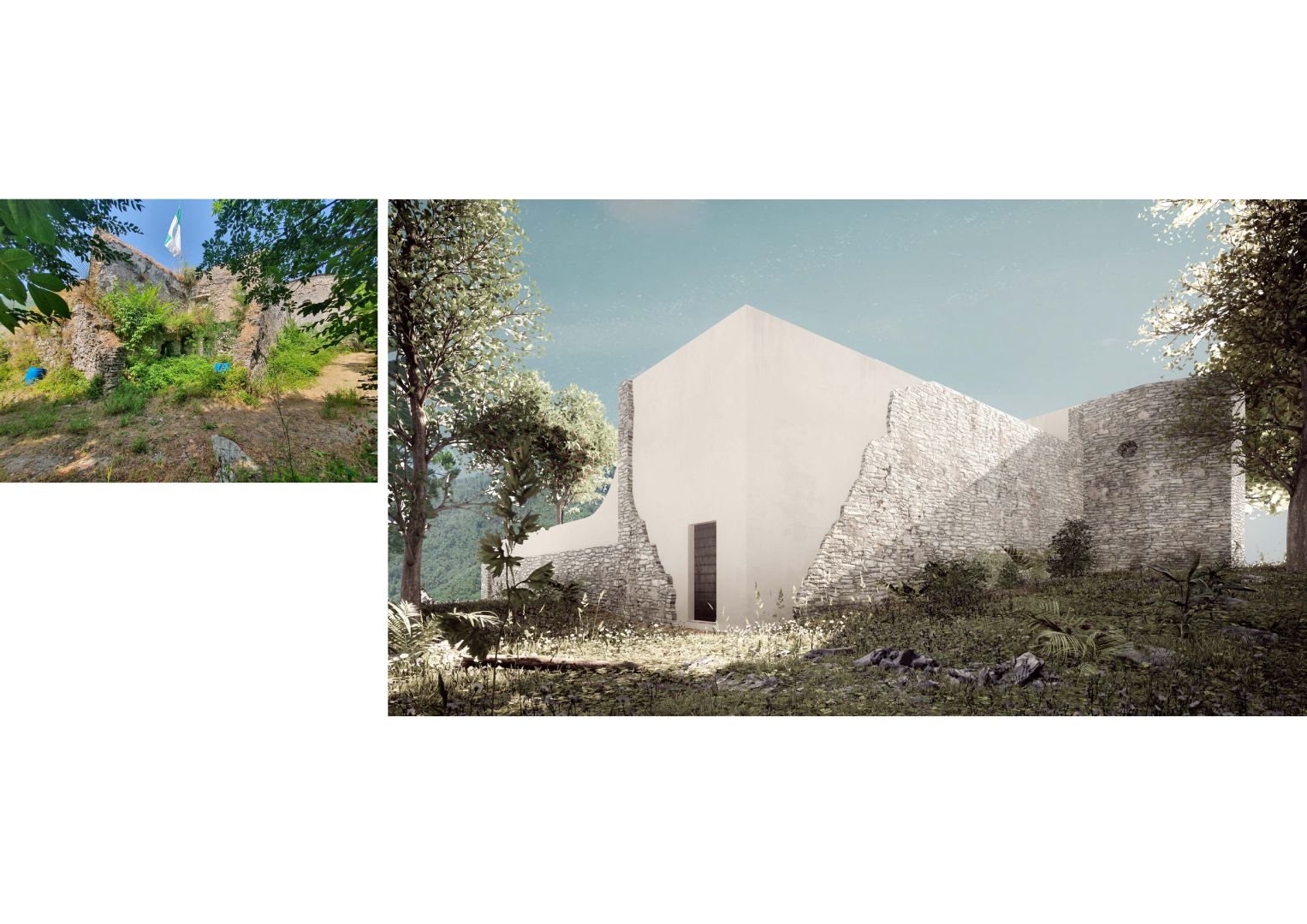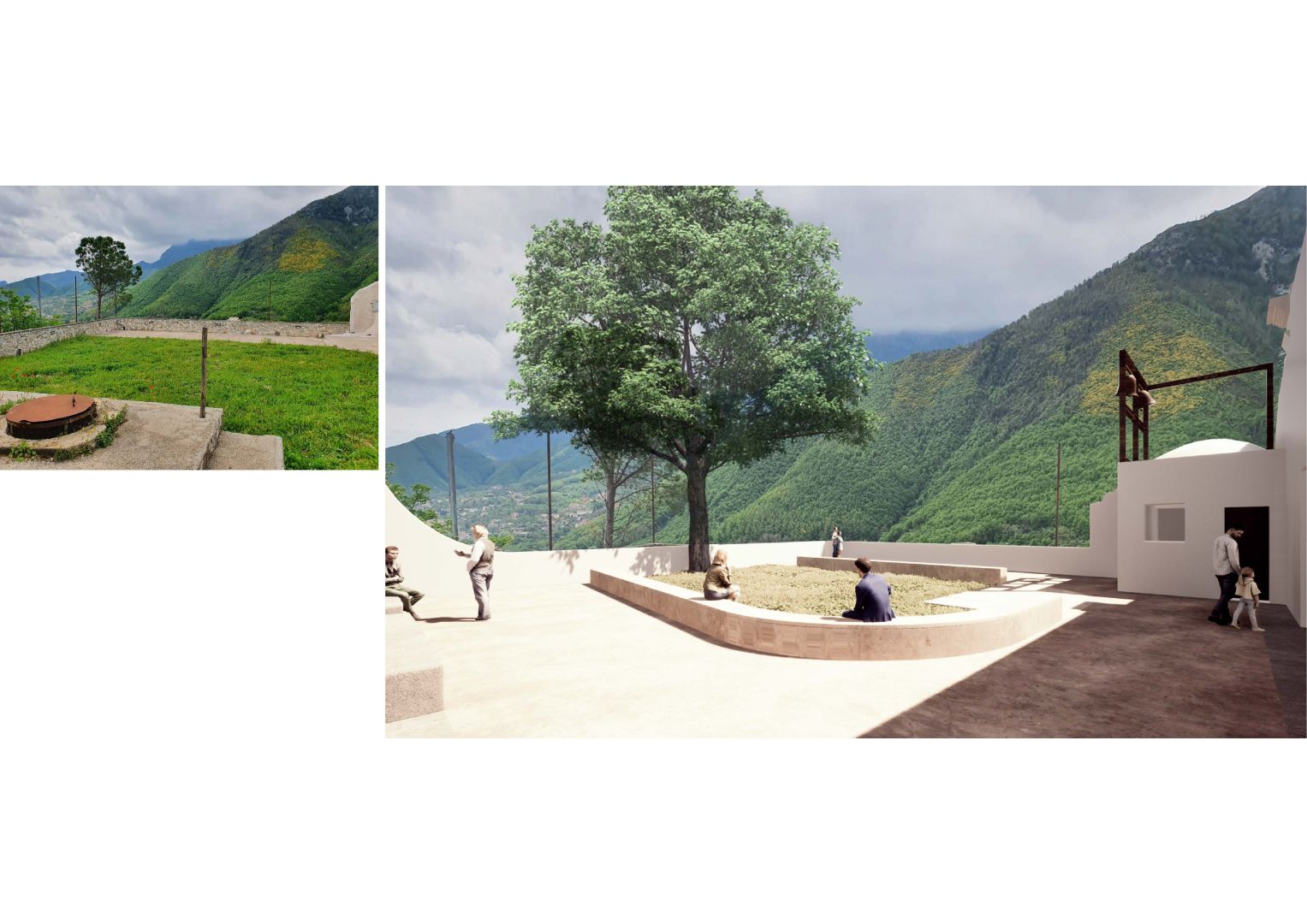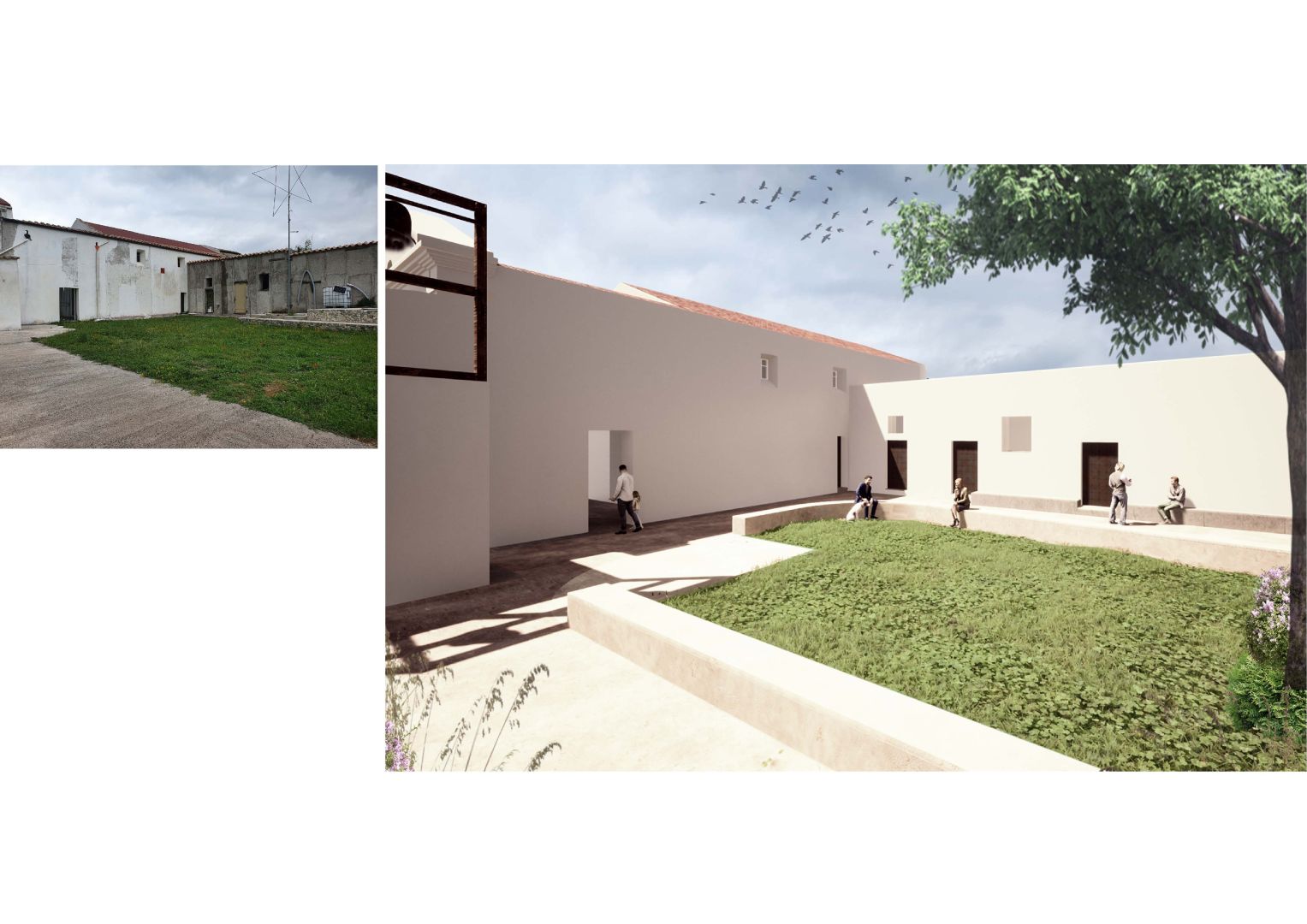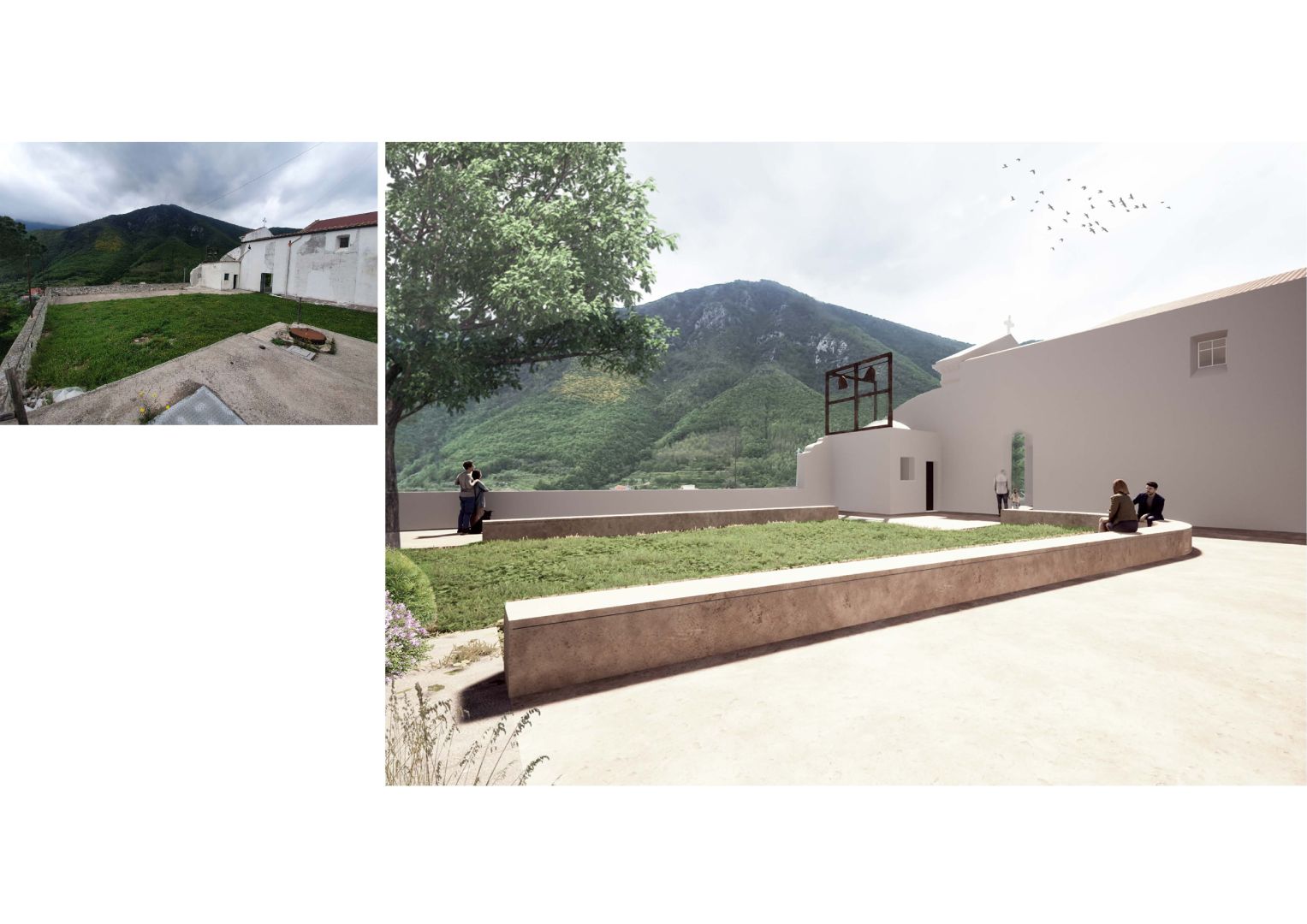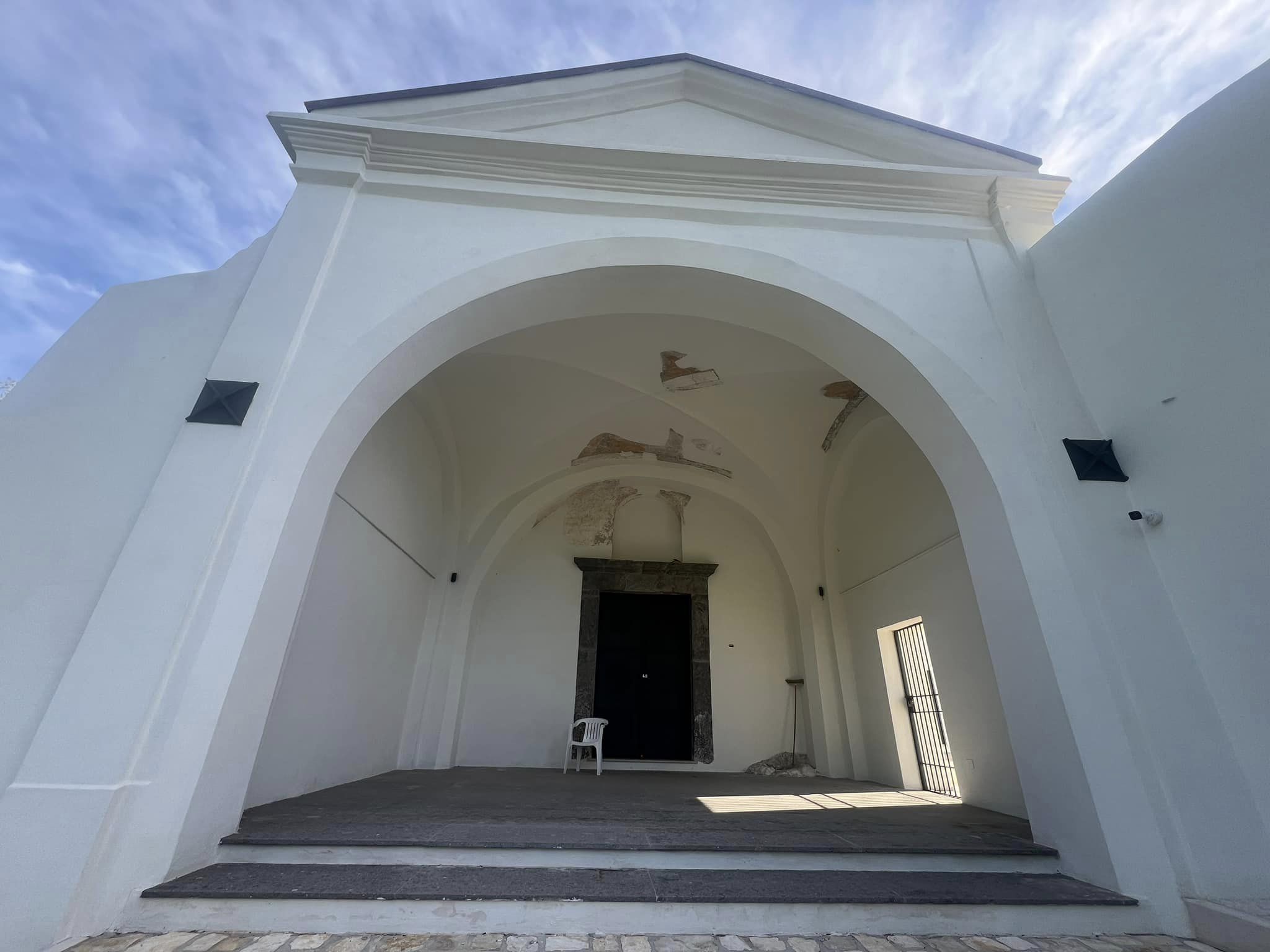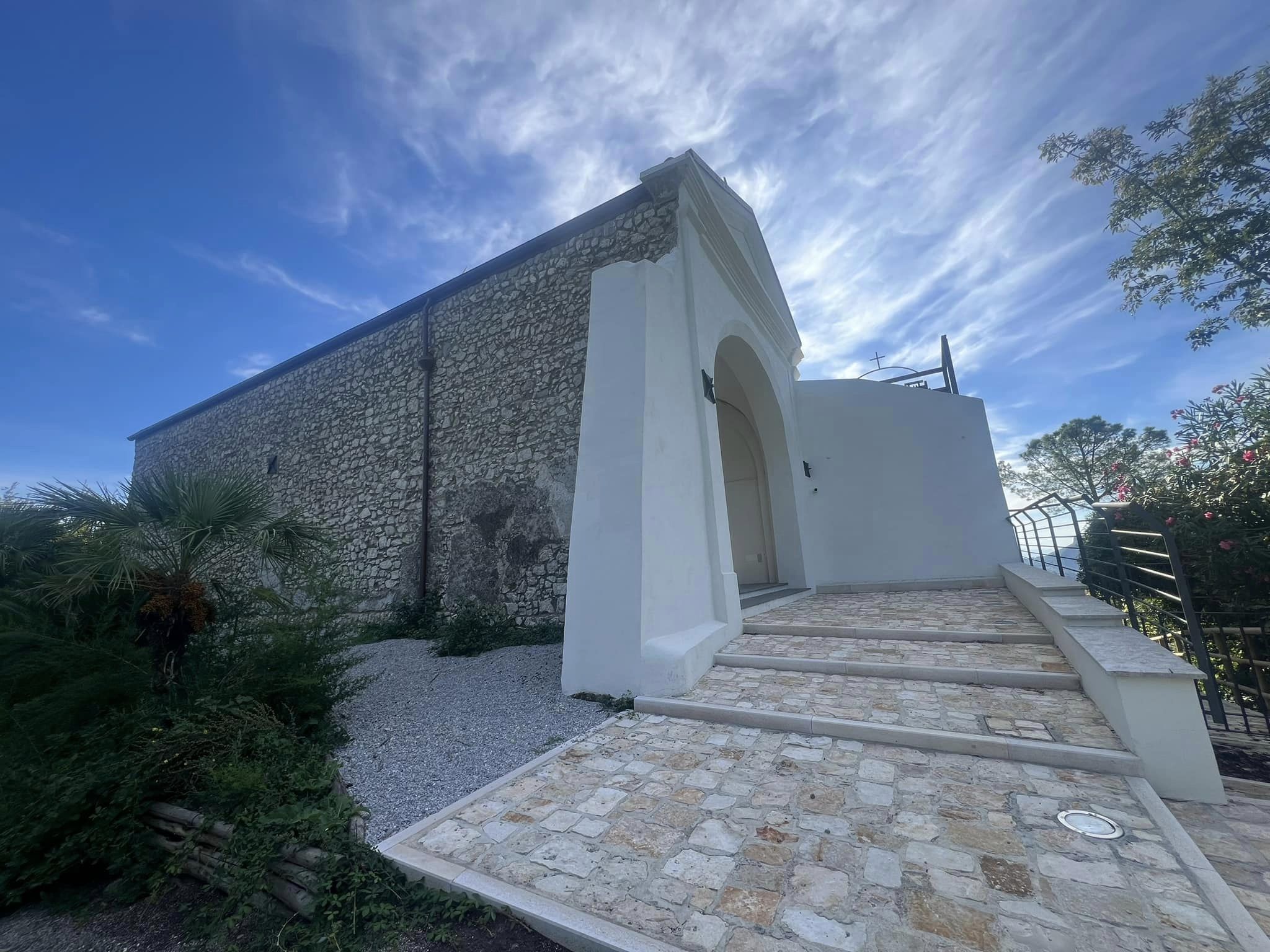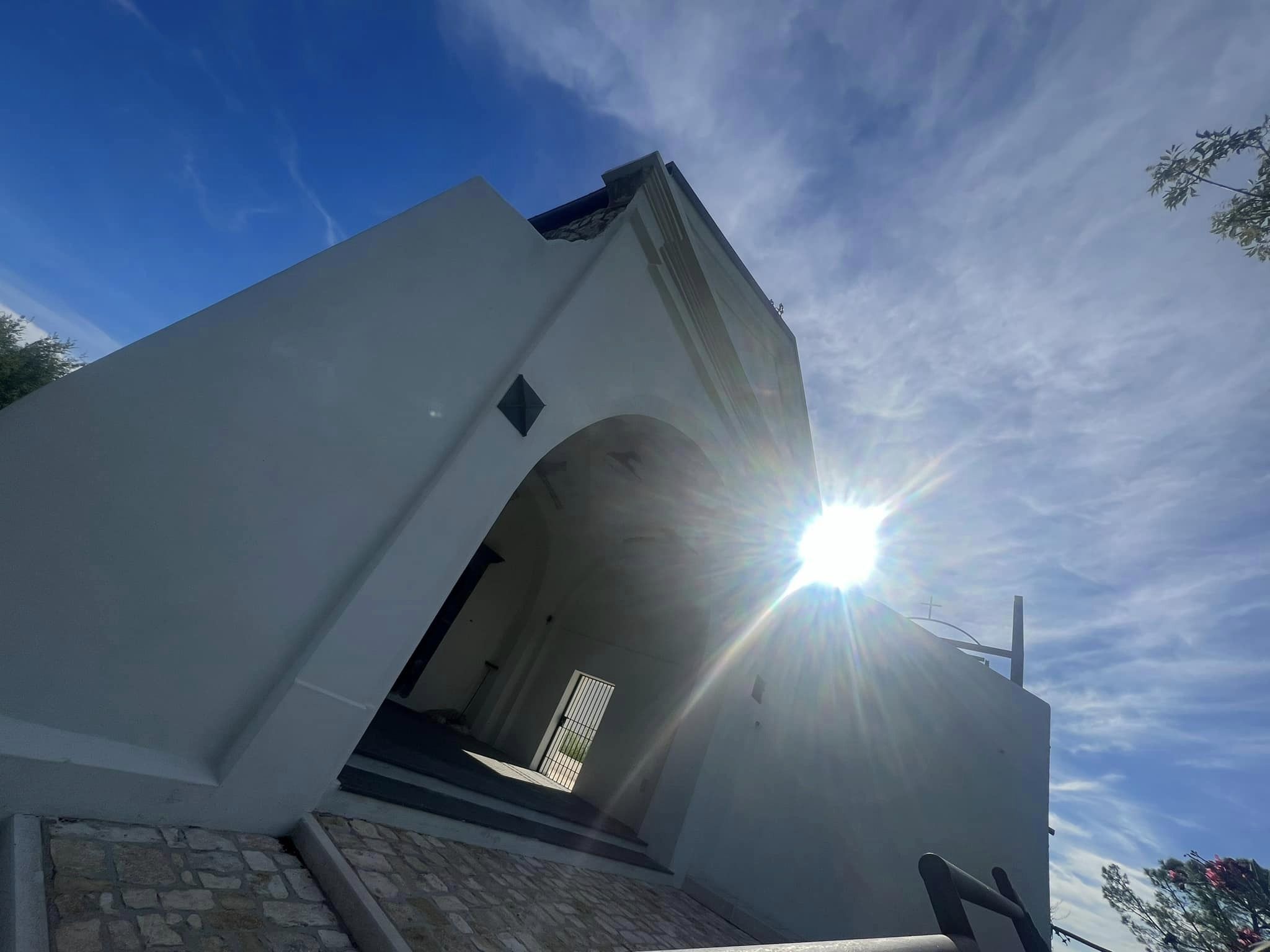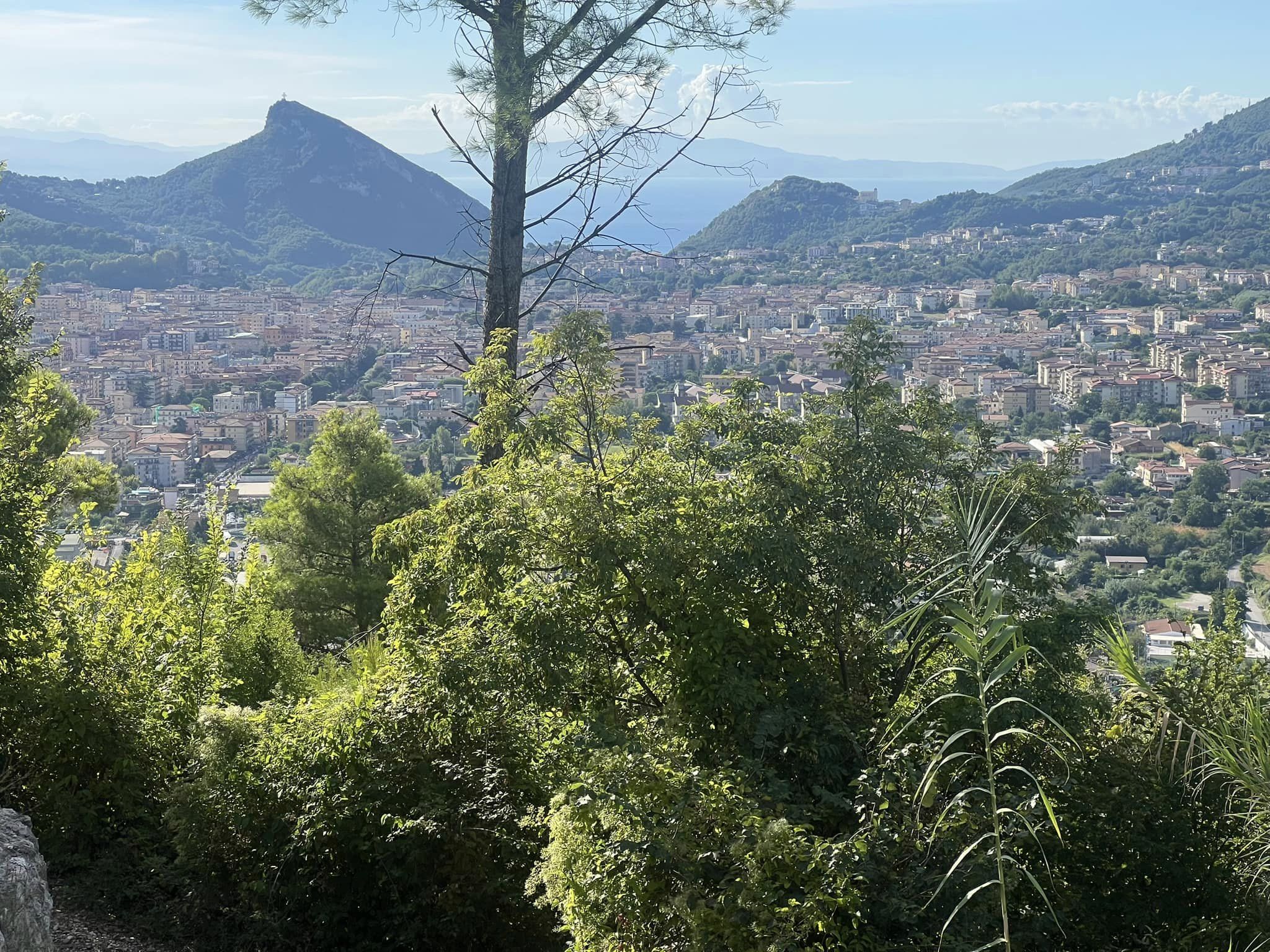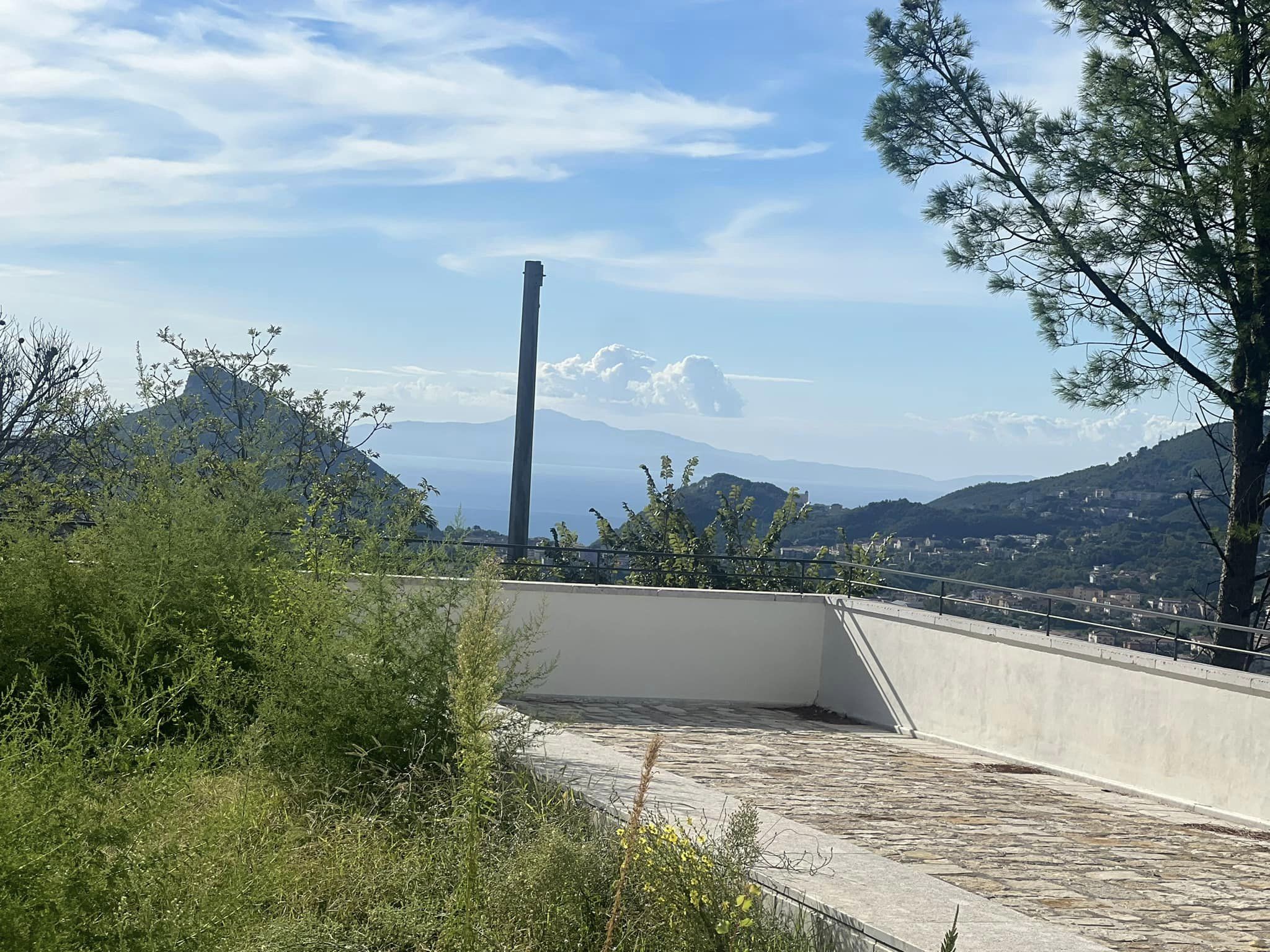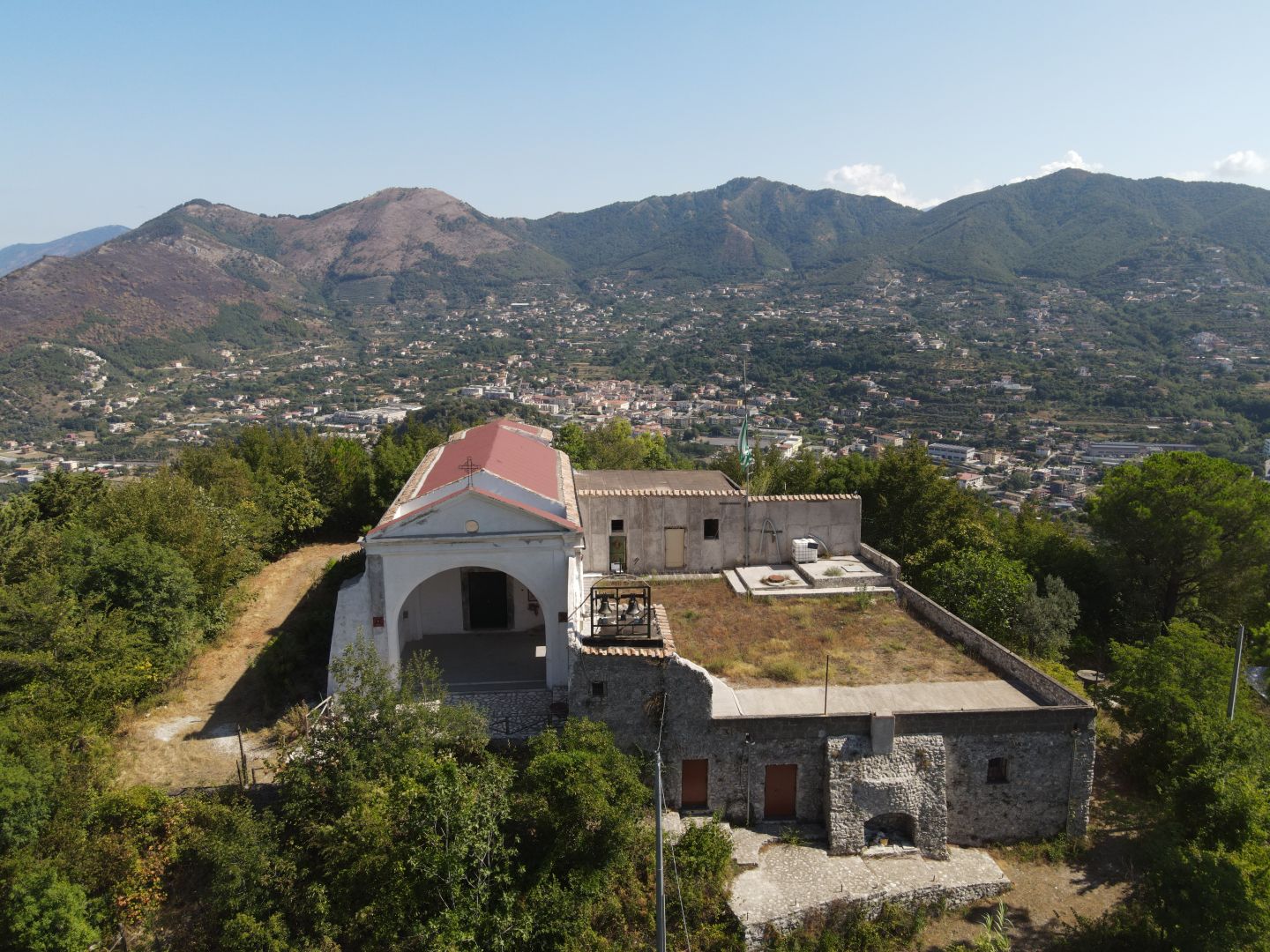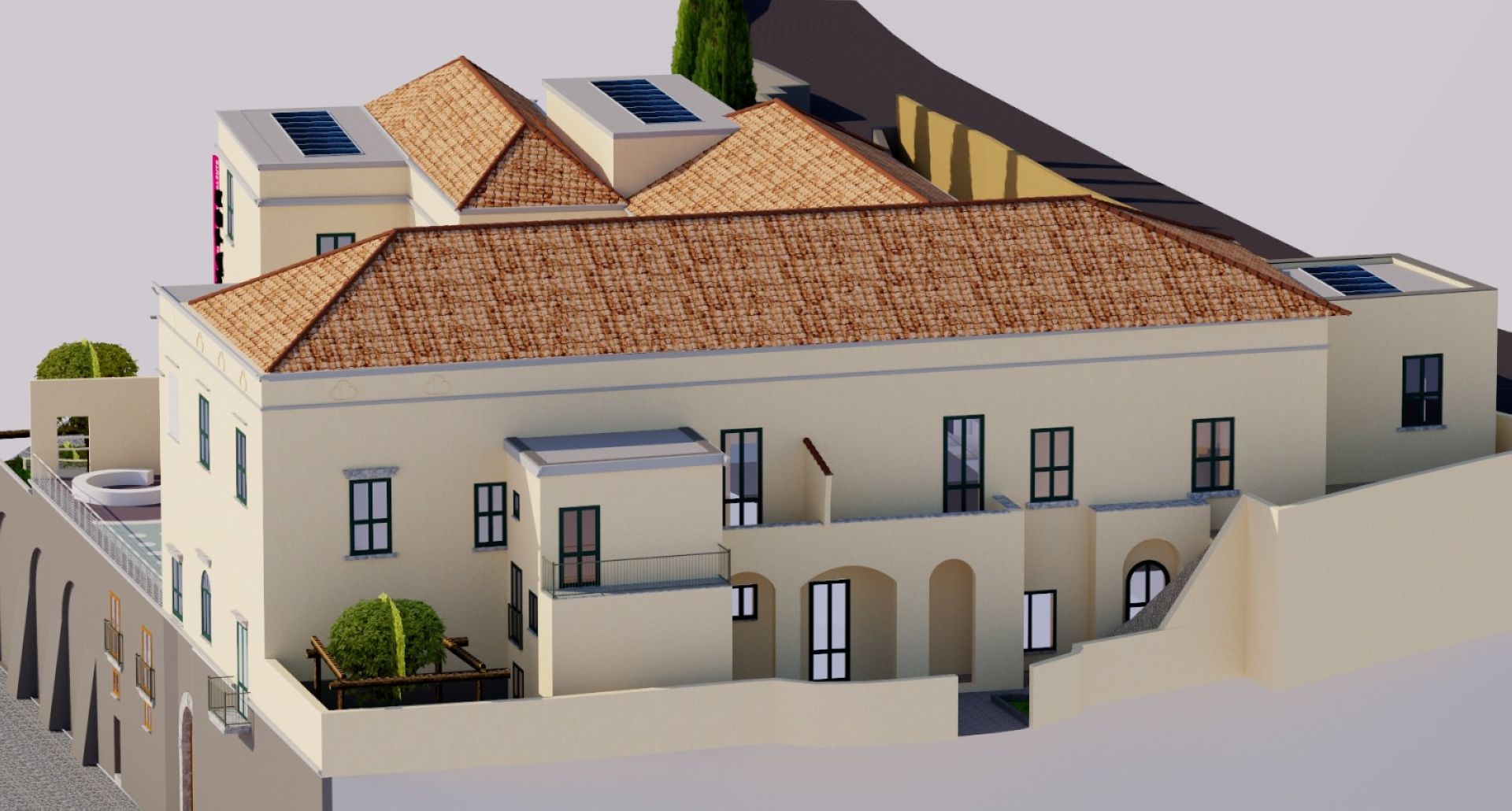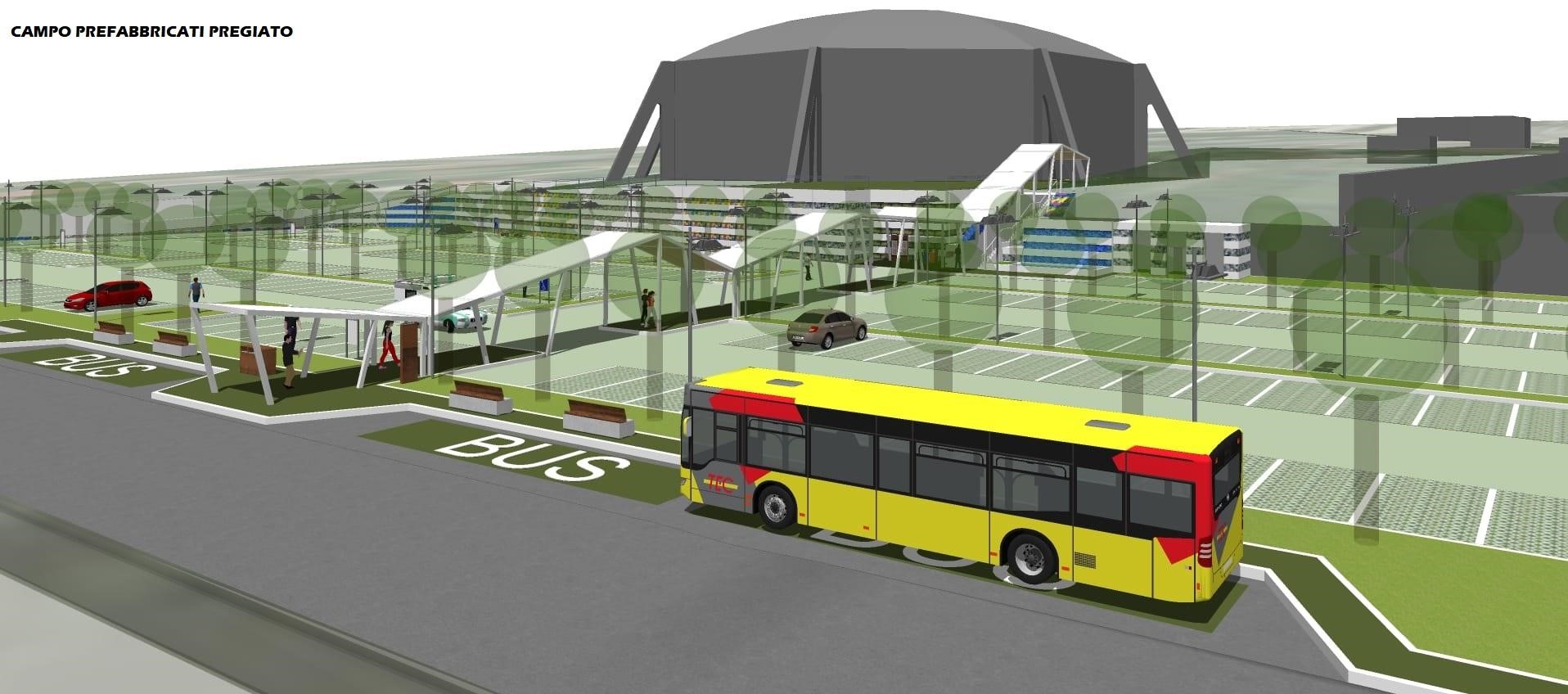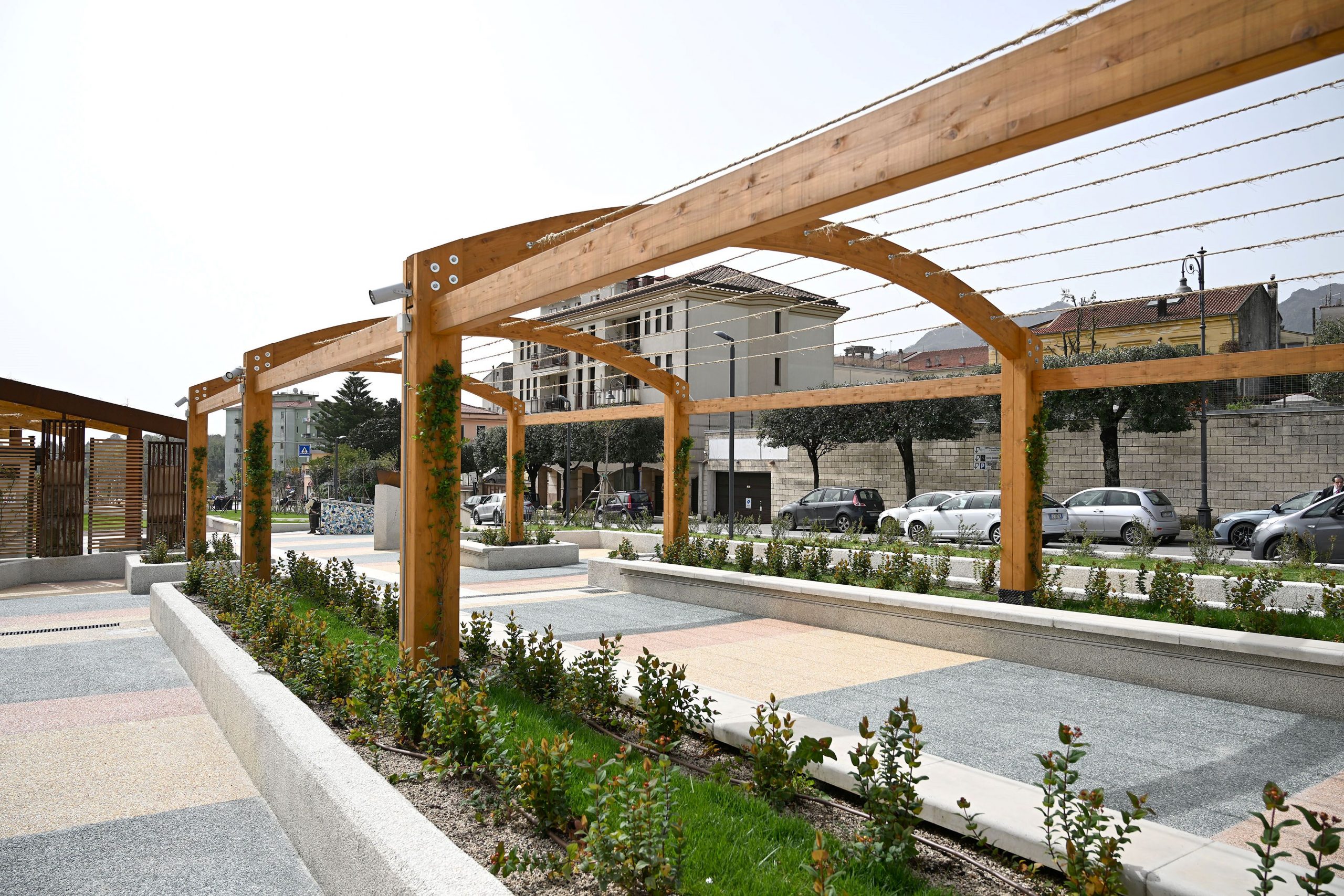Utilizziamo i cookies per offrirti la migliore esperienza sul nostro sito. Continuando a navigare, accetti l'utilizzo dei cookies.
Hermitage of S. Martino
- Progetti PICS
- San Martino, Petraro Santo Stefano, Cava de' Tirreni, Salerno, Campania, 84013, Italia
The hill of San Martino, known as the "all green pyramid" according to the historian Giuseppe Trezza, marks the border between Cava and Nocera, with an altitude of 377 metres. It preserves the remains of an ancient monastery dedicated to San Martino, dating back to the 9th century AD. Built in honor of Sant'Arcangelo and San Martino, the hermitage followed the Benedictine precepts, becoming a refuge for the sick monks of the Holy Trinity. Its ancient state, described by the historian Orazio Casaburi in 1829, included oak groves, vineyards, millstones and vats for the grape harvest.
Description
The recovery of the hermitage of San Martino aims to create a cultural hub within the project of a widespread museum, to enjoy and enhance the city's cultural heritage. The interventions planned and carried out include the restoration of the church and adjacent rooms, with the restoration of the static nature, the recovery of historical architectural elements, the reactivation of essential services, and the improvement of accessibility with a new route. Alternative energies were adopted, information panels were inserted, furnishings were provided for the green space, and multimedia and remote control equipment were used.
The place belonged to the Abbey for over four centuries until 1513, when the Diocese of Cava was founded. After the bombing in September '43 and the initial recovery in 1954, the hermitage was abandoned in 1980 due to the earthquake.
In 2015, part of the hermitage was restored and returned to the city, marking a significant step in the conservation and enhancement of this historic site, which hosted the Badia's infirmary and subsequently became a Lay Pious Work. The church, witness to historical events, such as the cannon shot mark on the wall, has been preserved to contribute to the collective memory and cultural richness of the community.
Hermitage of San Michele Arcangelo and S. Martino Vescovo
called “Monasterium in cacumine montis”.
Historians date the foundation of the Hermitage to the 9th century. Orazio Casaburi in 1829 described it as follows: "On the mountain that is called S. Martino there was, and still exists, an ancient monastery and church. There is memory of it since the year 839 and it is named Monasterium Sancti Martini de Forma" . From the sheets of the Holy Pastoral Visit of Mons. Alemagna De Cardona, preserved in the Diocesan Archives, we learn that the date of the foundation is uncertain but that in 1058 he was already mentioned in a diploma of Gisulfo II. In the Codex Diplomaticus Cavensis of 1063 we read that the son of Count Alfano, Pietro, donated the Monastery, built in the Passiano area at the top of the mountain, to the monk Orso. Furnishings, furnishings and agricultural tools were donated to cultivate the surrounding land, which was also donated.
In a diploma from 1075 it is mentioned that the monk Ademario enriched the Hermitage with very important goods. In another document from 1079 it is noted that Count Guaiferio donated a part of the church of San Martino with all its assets to Pietro I Pappacarbone, third abbot of the Abbey of the S.S. Trinity. The latter, in 1082, built an infirmary and an oratory on the hill for the monks who lived there. This sacred place belonged to the Abbey for over four centuries, until 1514, the year in which the Diocese of Cava was founded by Pope Leo After a huge diffusion of the cult and constant attendance, the monastery and the infirmary of S. Martino suffered a slow and constant decline until their complete abandonment. In 1580 only rubble and a few plants remained in uncultivated land. The inhabitants of Passiano got busy with alms, donations, collections and in 1581, under the direction of the reverend Don Girolamo Cafaro, the chapel was rebuilt with the annexed building and some rooms for the convenience of the farmers of the surrounding lands. On 11 November 1592 Monsignor Cesare Alemagna de Cadorna, diocesan bishop, visited the church and proceeded with the nomination of the beneficiary, ensuring divine worship.
Subsequently the territory was given in emphyteusis (grant of rented land on the condition of making improvements) to various private individuals, as shown in the protocol of 21 December 1768 of the notary Placido Siani. In 1818 the Hermitage, with the adjoining fund, remained linked to public charity, i.e. in the Congregation of Charity, which had already taken over its administration since 1814 as a Lay Pious Work. On 1 January 1920, the monastery, the land and the various buildings passed into the newly established parish of S. Maria del Rovo. With the law of 3 June 1937, n° 847, the Charity Congregations were suppressed and replaced by the ECA (Municipal Assistance Agency). In September 1943, during the Second World War, the monastery was seriously damaged by bombing between the Allies and the Germans. Of this, the signs of shrapnel from cannon howitzers on the wall of the south side of the apse are still evident. In 1945 the church and part of the monastery were repaired on the initiative of the parish priest of S. Maria del Rovo, Don Sabato Apicella. As a consequence of the strong tremors of the 1980 earthquake, the Hermitage again suffered serious damage and, unfortunately, the structure was abandoned again. In November 2014, public funding allowed the static consolidation of the structure and allowed, on 17 May 2015, the reopening of the church for worship, after almost seven decades.
But it is thanks to a redevelopment project, financed by the Integrated Sustainable City Program - PICS, as part of the PO FESR CAMPANIA 2014-2020 - Axis 10 - Action 6.8.3 Sustainable Urban Development, that the recovery works have been started and completed and Refunctionalization of the entire structure and relevant areas. With the religious rite of the "Dedication" of the church and the civil ceremony of the conclusion of the restoration of the monastery, the Hermitage was officially returned to the Cava community, to once again be a popular destination for pilgrims for the care of the spirit and an ideal place for travellers. to enjoy the pleasant landscape.
Reviews
Login to write a reviewThere are no reviews yet

